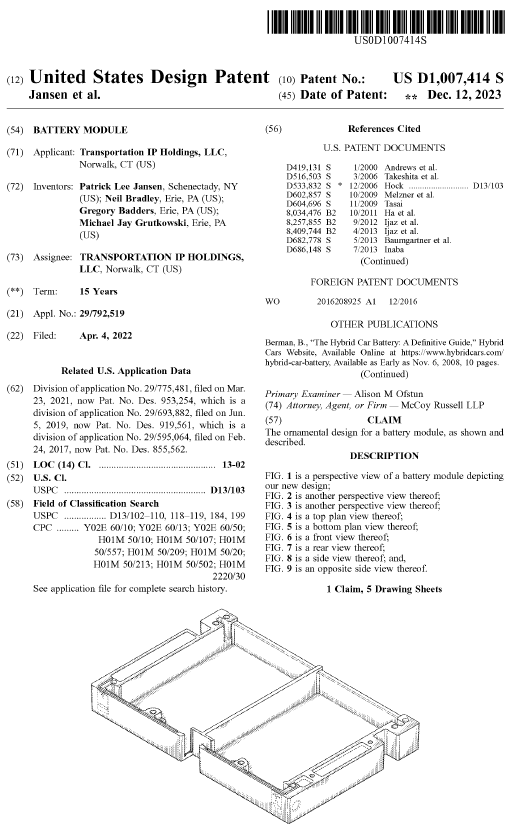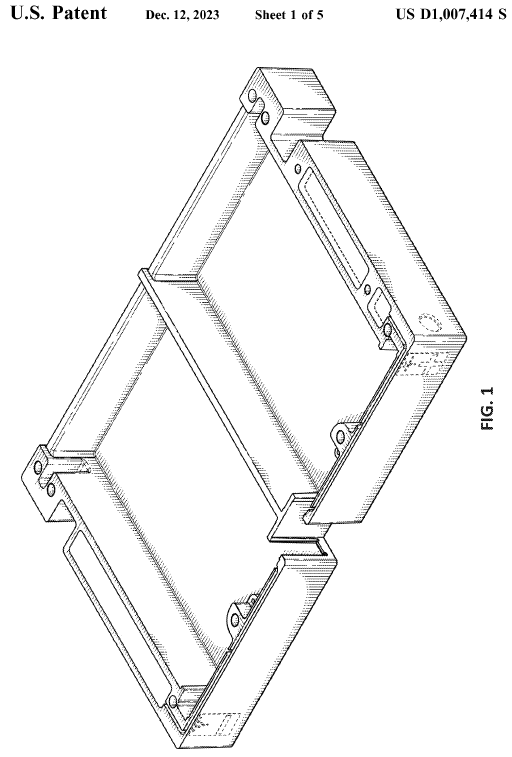
Shading in design patent drawings is not merely an embellishment but an element that communicates elements of an invention. The United States Patent and Trademark Office (USPTO) imposes stringent guidelines on patent drawings in design patents, making shading indispensable for designers and inventors seeking US design patent protection.
Design patent drawings serve as visual blueprints of innovations, dictating the scope and character of the invention. The inclusion of shading can delineate surface contours, textures, and three-dimensionality, facilitating comprehension and clarifying what is protected to potential infringers.
Two primary shading techniques are commonly utilized: stippling and line shading. Stippling, employing dots to create gradients, may depict textured surfaces or other surface features. Conversely, line shading, achieved through parallel lines of varying thickness and spacing, may be used to illustrate and accentuate shape and depth.

Several best practices streamline the shading process. Accuracy as to the drawing is required to be able to accurately cover clients’ designs. Consistency in shading within each figure and within the group of figures is of high importance. Consistency operates to maintain coherence throughout the drawings. Although shading can be integrated in a number of aspects of a drawing, there is a balance as to the amount of shading necessary for clarity and care should be taken to avoid excessive detailing that may obscure the claimed design.
Shading should strategically accentuate unique design elements, highlighting the invention’s novelty. However, caution must be exercised when shading overlapping components to prevent ambiguity or otherwise introduce clarity concerns as to what is being claimed in the design. Moreover, foreign design filings do not utilize shading in the same manner as the US, thus, it is important to consider how the shading will be interpreted or removed for the related foreign design filings.
McCoy Russell has a specialty design practice that makes use of both in-house drawing specialists and trusted drafts teams to support its clients’ designs. Integrating shading with the design drawings is an important aspect of ensuring clarity in U.S. designs.

